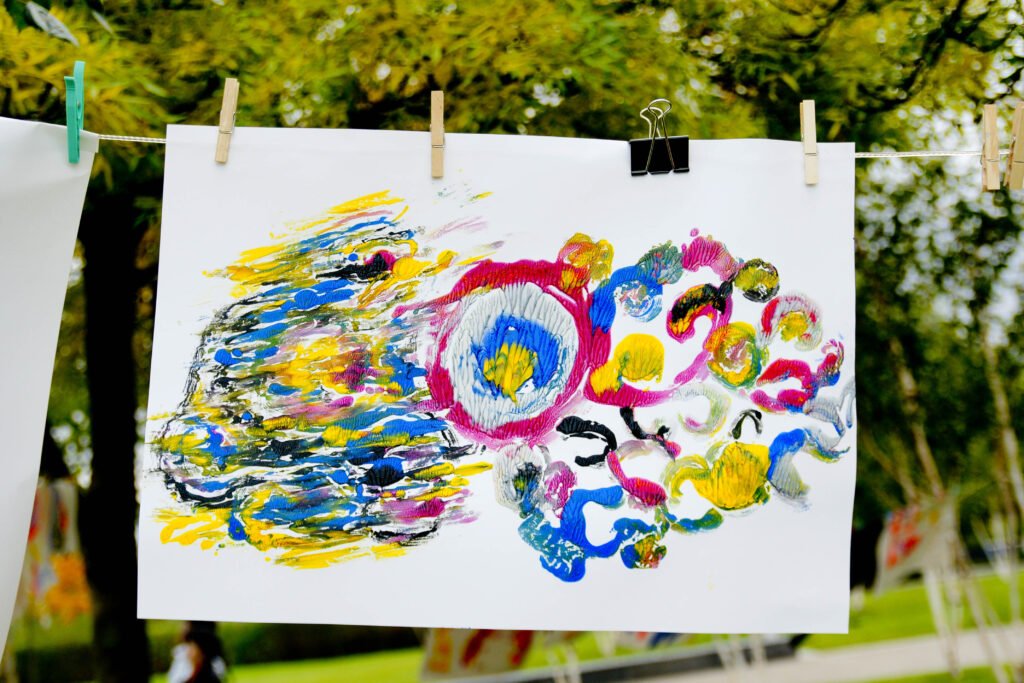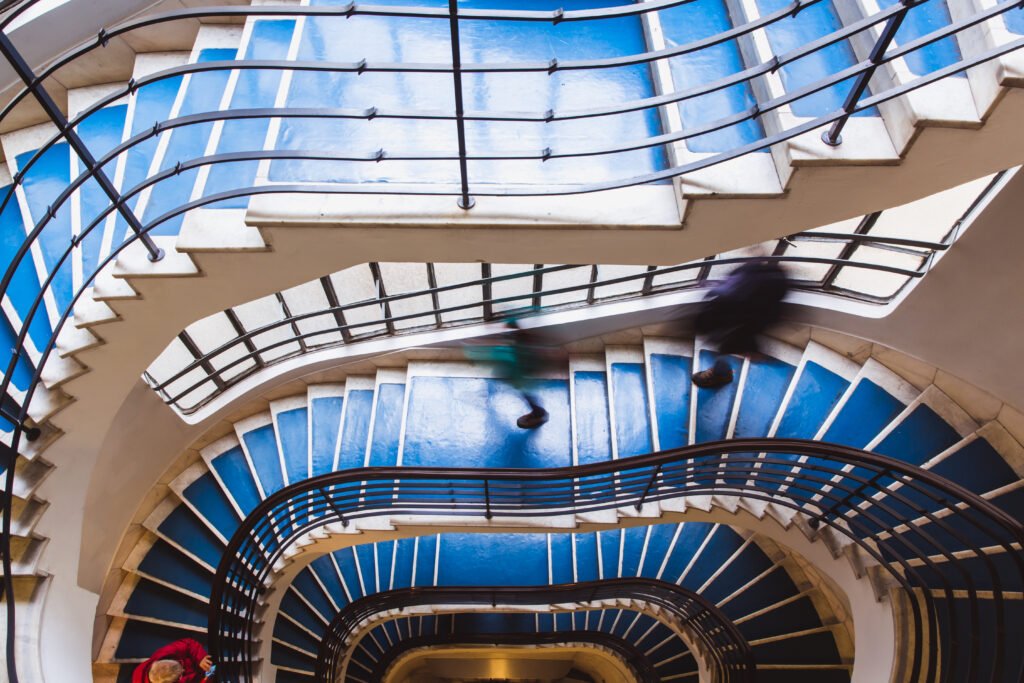Contemporary abstract art is undergoing a period of reinvention. Driven by digital innovation, it adapts to the present era while preserving its experimental and subjective core. Digital platforms, AI software, and immersive techniques have transformed not only the creative process but also how people interact with art.
As a result, the abstract art market now mirrors these changes, attracting new collectors and redefining how to buy abstract art online. Museums and galleries are also betting on technological experiences to bring audiences closer and spark renewed interest in this style.
The Fusion of Technology and Artistic Creation in Contemporary Abstract Art
Since the early 21st century, digital tools have become common in artistic creation, especially in abstract art. Software like Processing allows artists to manipulate shapes, colors, and patterns with precision. American artist Casey Reas, co-founder of this program, is a leading name in generative art, producing unique pieces through code. Meanwhile, Brazilian artist Felipe Pantone blends analog and digital techniques to create vibrant panels that merge motion and abstraction.

Artificial intelligence is also shaping new creative possibilities. A study published by the MIT Media Lab in 2023 showed that generative algorithms can collaborate with human artists to produce highly original visual works. This expands our concept of artistic authorship and aligns abstract art with contemporary debates.
Augmented and virtual reality have also changed how abstract art is presented and purchased. Projects like MoMAR Gallery, which uses AR to alter real-life exhibitions, make abstract art more accessible and playful, enhancing the interactive experience. Consequently, digital art platforms have grown rapidly, with Saatchi Art and Artplacer standing out.
Market Impacts and Aesthetic Experiences
Digitization has deeply affected the abstract art market. According to the Hiscox Online Art Trade Report (2022), online sales of abstract art grew by 35% in a single year, particularly among young collectors. This signals a new consumer profile—comfortable in digital spaces and open to investing in hybrid or digital pieces.
Today, the best places to buy abstract art include both physical galleries and online spaces. Specialized websites offer curated collections, search filters by style, emerging artists, and even AR previews to visualize how the piece would look in a room. These tools democratize access and make abstract art decoration increasingly attainable.
This integration of art and technology also reshapes the aesthetic experience. Interactivity, algorithms, and audiovisual resources make art contemplation more sensory and participatory. Rather than just observing, the public interacts, customizes, and shares—creating a new emotional and social connection with abstract art.
In short, contemporary abstract art, by embracing technology, expands its creative possibilities and redefines its cultural role. It remains a space of freedom, now powered by pixels, data, and digital networks.



